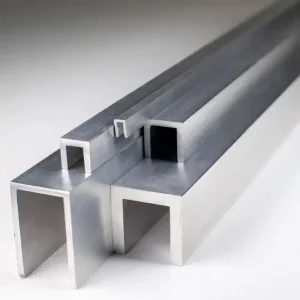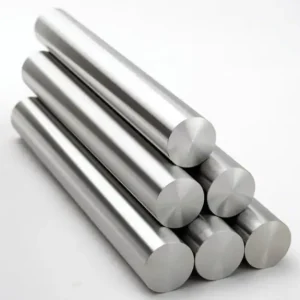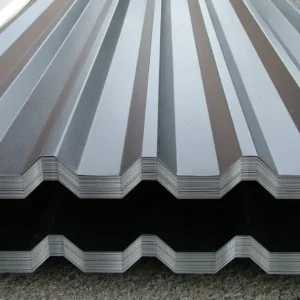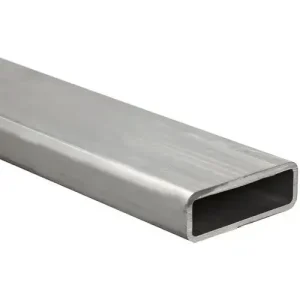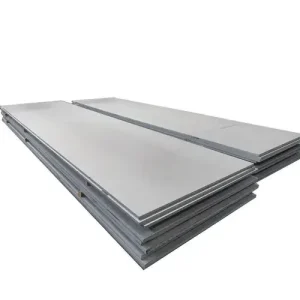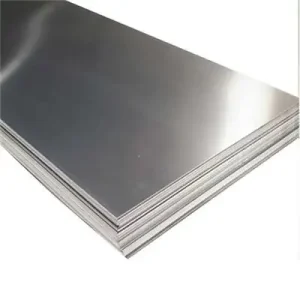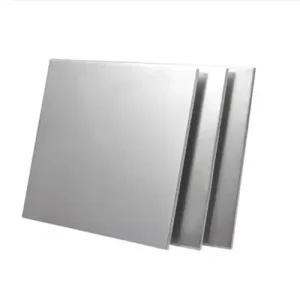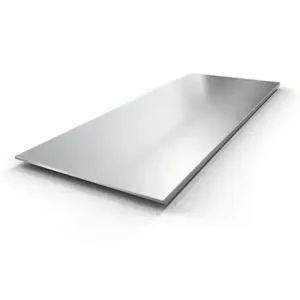The global aluminum market in 2025 is at a crossroads, influenced by multiple dynamics: shifting demand patterns, geopolitical influences, and the rising importance of sustainability. Aluminum, a versatile material central to industries ranging from construction to automotive manufacturing, is seeing its prices rise and fall in response to these factors. In this article, we will examine the key factors driving the aluminum market in 2025, including price forecasts, recycling trends, and regional price comparisons.
Historically, aluminum prices have fluctuated due to factors such as global supply disruptions, tariffs, and shifts in industrial demand. In the past decade, prices reached their peak in 2021, and with ongoing market volatility, the forecast for aluminum prices in 2025 remains a topic of intense discussion among industry experts.
The Global Aluminum Market: Current Landscape
The global aluminum market is currently dominated by major players in China, the U.S., the EU, and the UAE. China remains the largest producer of aluminum, followed by the U.S. and India. As of 2025, the market is facing increased competition from new players such as the UAE, where aluminum exports to the U.S. surged in the past year. The influence of energy prices, production costs, and environmental regulations on aluminum production cannot be overstated.
The market is also adjusting to the impact of global events such as supply chain disruptions and trade tariffs. These disruptions have led to higher premiums in some regions, particularly in the U.S., where aluminum prices surged due to the imposition of tariffs on foreign imports. These tariffs, along with shifting global trade policies, have impacted the overall price structure, leading to significant price hikes and volatility in aluminum prices.
2025 Aluminum Price Forecast
Based on the current economic landscape and expert predictions, the average aluminum price in 2025 is expected to be in the range of USD 2,400–2,600 per ton. This is supported by several factors, including the global energy crisis, continued industrial demand, and the implementation of tariffs in key markets.
The London Metal Exchange (LME) prices in early 2025 indicate a stable price range, but analysts anticipate a rise toward the end of the year as the supply chain stabilizes and demand from the automotive and renewable energy sectors ramps up.
Global aluminum prices are also expected to experience upward pressure from increased demand in electric vehicle (EV) manufacturing and infrastructure projects. The transition to green technologies and the push for lighter vehicles will drive demand for aluminum, contributing to its price escalation.
Aluminum Price Trends Over the Last Decade
Over the past decade, aluminum prices have seen considerable volatility. From the sharp price increases following the 2008 global financial crisis to the more recent fluctuations during the COVID-19 pandemic, aluminum prices have been subject to the ups and downs of the global economy. However, the last 10 years have demonstrated a steady upward trend, particularly in the years following 2021.
In 2021, the aluminum market saw its highest prices since the early 2000s, driven by demand surges from the automotive and construction sectors, combined with supply chain issues stemming from the pandemic. Since then, prices have stabilized but are still relatively high compared to historical averages, prompting experts to anticipate continued price volatility in 2025.
Aluminum Recycling and Scrap Prices
Aluminum recycling plays a crucial role in shaping the aluminum market. Recycled aluminum is not only more cost-effective but also more sustainable, and its demand has grown as industries seek to reduce environmental impacts. The prices of scrap aluminum have remained relatively stable in 2025, with small fluctuations across regions. The U.S. currently leads in scrap aluminum production, with prices hovering around USD 1,984 per ton in June 2025.
The influence of scrap aluminum on the overall market is significant, as it accounts for a large portion of the aluminum used in manufacturing, particularly in the automotive industry. The recycling industry is expected to grow in importance as more governments enact policies aimed at reducing carbon footprints and promoting the use of recycled materials.
Factors Affecting Aluminum Prices
Several factors influence the price of aluminum, including:
-
Supply Chain Disruptions: Interruptions in the supply of raw materials, particularly bauxite, and energy shortages have been significant contributors to price volatility.
-
Energy Prices: Aluminum production is energy-intensive, and fluctuations in energy prices directly impact production costs.
-
Geopolitical Factors: Trade wars, particularly between the U.S. and China, have led to the imposition of tariffs, further driving up prices in affected regions.
-
Environmental Regulations: As environmental concerns increase, more regulations are being placed on the aluminum industry, particularly in Europe and the U.S. These regulations, while necessary for sustainability, can lead to increased production costs.
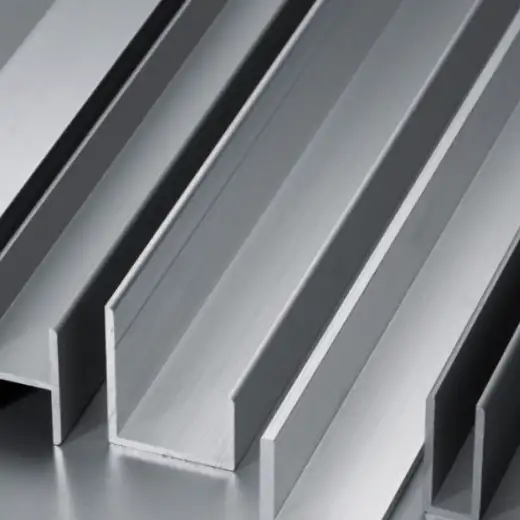
How to Save on Aluminum Purchases in 2025
For companies looking to navigate the rising costs of aluminum, the following strategies can help minimize expenditures:
-
Bulk Purchases: Purchasing aluminum in larger quantities can help secure lower prices and mitigate the effects of short-term price volatility.
-
Contract Negotiations: Locking in prices with suppliers through long-term contracts can help avoid price fluctuations and protect against rising costs.
-
Exploring Recycling Options: Investing in recycled aluminum, which is often cheaper than primary aluminum, can reduce overall procurement costs.
Aluminum Price Comparisons in 2025
| Region | 2025 Price (USD/t) | Primary Factors Driving Price |
|---|---|---|
| U.S. | 3,046 | High tariffs, domestic demand |
| China | 2,580 | Largest producer, export control |
| Germany | 3,095 | Premium pricing for quality |
| India | 2,300 | Competitive production costs |
| UAE | 2,980 | Increasing exports, production cost |
Case Study: The Rise of Aluminum Prices in the UAE
In the UAE, aluminum prices saw a significant rise due to increased production and export activities, largely spurred by the imposition of U.S. tariffs on aluminum imports. The UAE’s strategic focus on aluminum manufacturing has enabled it to become a key player in the global market. In 2025, the country exported a record amount of aluminum to the U.S., increasing market share and contributing to the upward pressure on global aluminum prices.
FAQs
-
What is the long-term outlook for aluminum prices?
The outlook for aluminum prices remains bullish due to rising demand from sectors like electric vehicles and renewable energy, coupled with supply chain challenges. -
How do tariffs affect aluminum prices in different regions?
Tariffs can cause price disparities between regions. For example, the U.S. has seen higher prices due to tariffs on foreign aluminum, while regions like China benefit from lower production costs. -
What factors can influence the price of recycled aluminum?
Recycling costs, energy prices, and the demand for sustainable materials significantly impact the price of recycled aluminum. -
How can companies mitigate rising aluminum prices?
Companies can mitigate rising costs by negotiating long-term contracts, purchasing in bulk, and exploring recycled aluminum as a cost-effective alternative. -
What are the risks of relying on aluminum imports in 2025?
Reliance on imports exposes companies to risks such as supply chain disruptions, trade wars, and fluctuating tariffs, which can increase costs.
Conclusion
As we move into 2025, the aluminum market faces a challenging yet promising landscape. Prices are expected to remain volatile, driven by global demand and supply-side constraints. However, understanding these dynamics and preparing for potential price fluctuations will be key for companies looking to navigate the market efficiently.



